Laser Treatments
PASTELLE Q-SWITCH LASER TREATMENTS
WHAT IS A Q-SWITCHED LASER?
Q-switched laser technology creates high-intensity pulsed beam light. The energy emitted by a Q-switched laser is concentrated into ultra-powerful pulses that last just a billionth of a second each. Because the energy’s contact with the skin is less than other lasers, Q-switched lasers are known for preserving surrounding tissue and a reduced risk of unwanted side effects.
Q-switched lasers can also produce different wavelengths of light, which makes them versatile treatments that can effectively address many conditions. The most popular type of Q-switched laser is Nd:YAG, which emits 1064nm and 532nm wavelengths. This type of laser is prized due to its vast range of applications.

WHAT IS THE Q-SWITCHED LASER USED FOR?

Pastelle Toning
- Melasma (Treated on a very low setting over a number of sessions. This is used as part of a treatment program, never as a stand-alone treatment. Please see our melasma section for more information.)
- Nevus of Ota
- PIH (Post-Inflammatory Hyperpigmentation)
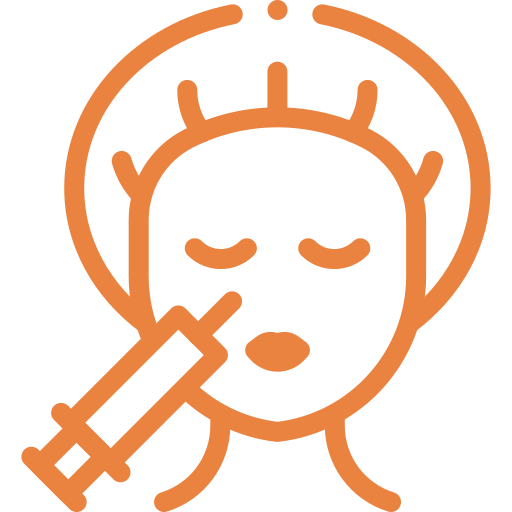
Dermal Lesions
- Nevus of Ota / Ito
- Tattoo Removal
- Iron Infusion Pigmentation
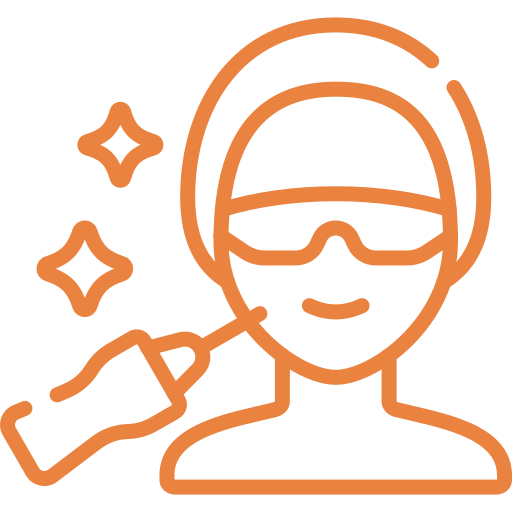
Laser Peel & Genesis
- Laser Peel: acne, large pores, skin whitening
- Genesis: skin rejuvenation
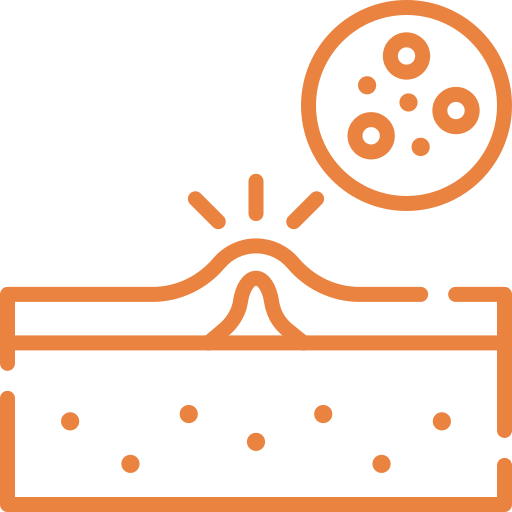
Epidermal Lesions
- Age Spots
- Seborrheic Keratosis
- Solar Lentigo
- Lentigo Simplex
- Café au Lait
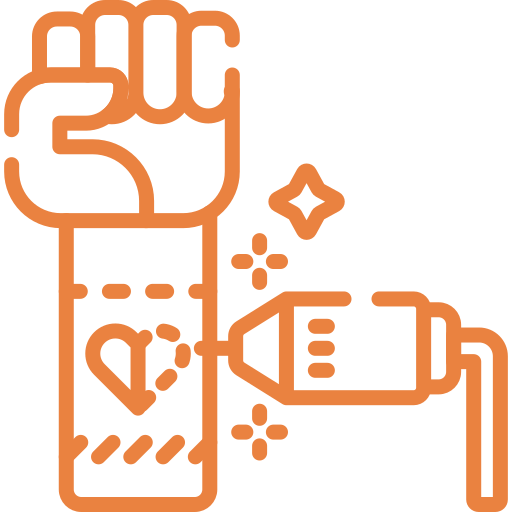
Tattoo Removal
- 1064nm for dark inks
- 532nm for red and orange inks
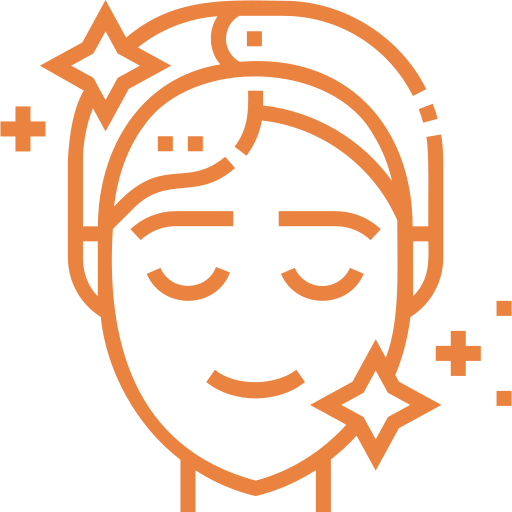
Skin Rejuvenation
- Toning and Brightening
- Exfoliation
- Collagen Renewal

